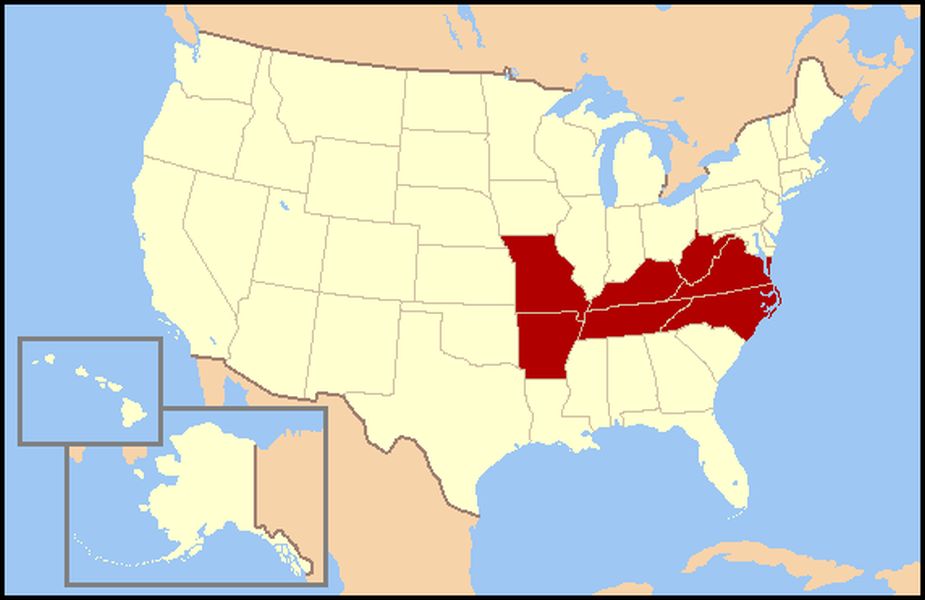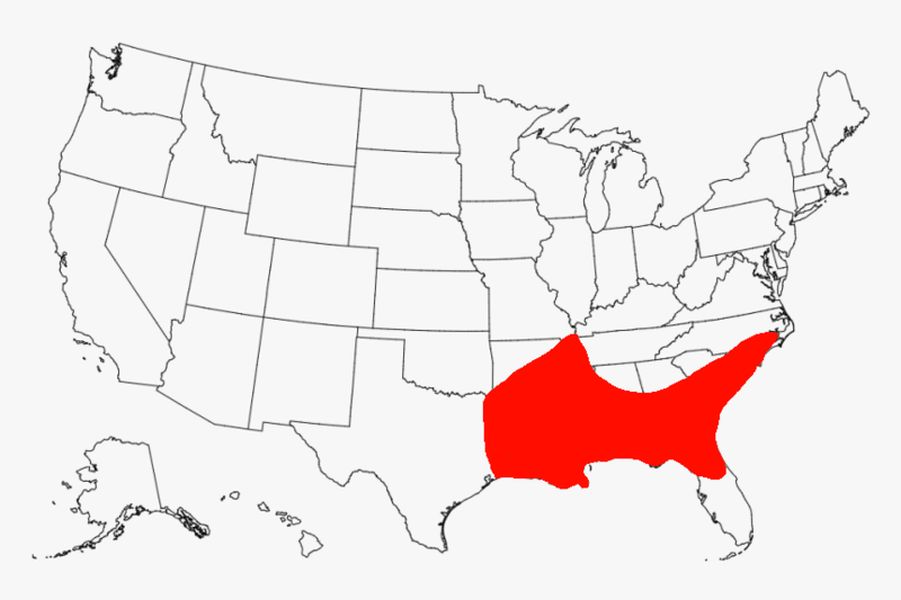Life for enslaved people differed by place and kind of work. The Upper South included Virginia, West Virginia, Kentucky, North Carolina, Tennessee, Arkansas, and Oklahoma.. Many farms were smaller, and cities and towns were more common. Enslaved people in this region often labored growing tobacco or wheat. Others were hired out to work in workshops, on boats, or in urban jobs. Hiring out meant they could be moved from one workplace to another, and owners kept the pay. Laws and customs controlled learning and faith. In 1830, North Carolina lawmakers made it illegal to educate enslaved people and placed limits on Black churches. In Virginia, some enslaved people attended Sunday Schools. However, many enslavers still punished them for reading. Families formed traditions such as “jumping the broom” to mark marriage, even if it was not legally recognized. As cotton expanded to the Southwest, thousands of people were sold from the Upper South to new plantations, breaking up family ties.

The Deep South, also known as the Cotton States, included South Carolina, Georgia, Alabama, Mississippi, and Louisiana. Much of this area sat within the Black Belt, a region with rich, dark soil that drew planters in the 1820s and 1830s. Large cotton and sugar fields demanded many hands and close supervision. In some areas, enslaved people made up a large part of the population. Many white Southerners feared uprisings. This led to stricter laws, increased patrols, and harsher punishments. After the 1811 revolt in the Orleans Territory, officials heightened their watch over the area. They also enforced the laws aimed against Black Americans more strictly. Plantations focused on fieldwork from dawn to dusk and on keeping people in place.

Changes in the wider economy also shaped these lives. As cotton profits rose in the Deep South, an interstate slave trade tied the two regions together. This trade led to what historians call a Second Middle Passage. Enslaved people were forced from Upper South markets to Deep South fields. In the Upper South, more mixed farms and towns meant more hiring out and shifting tasks. In the Deep South, bigger plantations led to longer cotton seasons. This meant stricter control over movement, worship, and family life.
